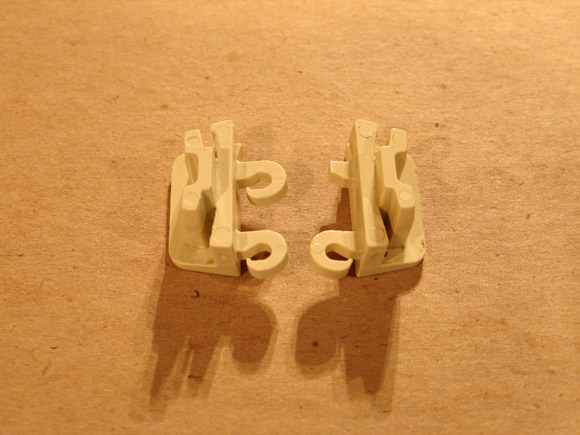Ecclesiastical Architecture of Copenhagen
Looking at photographs from my recent trip to Copenhagen I conclude I must have spent a lot of my time in churches! Here are some of the results:
Welcome! I am an engineer, programmer, designer, and gentleman. You may be interested in some of my electrical and mechanical projects. Take everything you read here with a grain of salt and remember to wear your safety glasses.
Looking at photographs from my recent trip to Copenhagen I conclude I must have spent a lot of my time in churches! Here are some of the results:
Although I've certainly consumed and enjoyed a lot of Star Trek in my life, I have to admit it has many shortcomings as science fiction, that is, as fiction that takes for its starting point speculations about the future state of science. Although I don't doubt that the writers of the various forms of Star Trek are both competent professionals and talented artists, they've been burdened by difficult positions taken at the very creation of the original show, and ever since have had to decide how much of this past they can shrug off.
One of the more problematic legacies of the show's origin is the transporter (another, Star Trek's laughable treatment of economics, should probably get a whole treatise rather than just a blog post, but I'll leave that for another time), which is one of those technologies sometimes posited in science fiction stories that, for various reasons, writers fail to fully explore. One of the most common reasons is that some technologies (or, in the case of superheroes, some powers) are altogether too powerful, and the consequences of that power pose a problem for storytelling; if characters have godlike abilities at their command, what room does that leave for drama, for tension and its relief, for a satisfying plot?
I've added two new types of components to my toolkit of 3D printed machine parts: a snap-fit pivot or hinge, and a dovetail suitable for joining two parts together at a right angle.
I've made a video of my 3D-printed bolt and nut combination, showing the action of threading it on and off.
Although most of my novice experiments in 3D-printing have been just that, experiments intended to familiarize myself with the technology and its benefits and limitations, I have already had the opportunity to design and print something actually useful. Like most refrigerators, mine has storage areas on the door where items are secured by a removable or adjustable rail, keeping the mustard from flying when you yank the door open. These rails are hollow aluminum sections that accept plastic friction-fitted end caps, which in turn have hooks that engage slots on the door. One of the hooks broke off and naturally fell inside the door, so fixing it with glue was out of the question.

Original right-hand end cap with missing hook, next to intact left-hand end cap